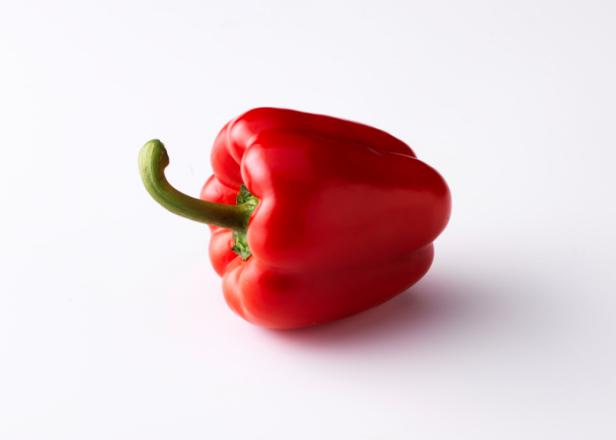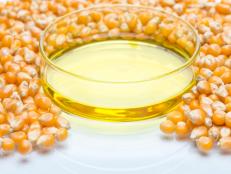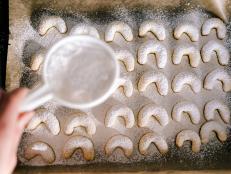This Week's Nutrition News Feed

In this week's news: The World Health Organization doesn't sugarcoat its advice; fruits and vegetables feel the love (even in school cafeterias); and food labels get ready for their makeover.
Studies have associated sugar with everything from headaches to heart disease, and yet most of us still get 18% of our total caloric intake from the stuff. That's about 22 teaspoons each day. Here in the United States, nutritionists have long lobbied to coax us down to about 10%. But the international community is taking an even harder line. This week, the World Health Organization (WHO) brought its recommendation down to 5%, or about 100 calories per day. The recommendation is yet another strong case for transparent food labels, but until the new ones come out, here's a crib sheet for some of the most sugar-stuffed packaged foods: Ketchup, salad dressing, soup, crackers, flavored yogurt, spaghetti sauce, bread, frozen dinners, granola, protein bars, shakes and (yep!) sushi.
Government Adds Fruits and Vegetables to the Shopping List
Since the early 1970s, the Special Supplemental Nutrition Program for Women, Infants and Children (WIC), which currently enrolls more than 9 million people, has helped women and children with limited resources get access to health care and nutrition. What hasn't held up so well over the decades is the federally funded program's grocery list: For years, the options made available to participants looked a whole lot like the fridge from WIC's founding years, heavy on the milk, infant formula, eggs, cereal and bread. Although added on an interim basis, whole grains and fresh, frozen or canned produce weren't officially on the menu. That changed last Friday, just in time for program's 40th anniversary. From now on, participants will get a 30% increase ($2 a month) per-child allowance for fruits and vegetables.
In 2012, the United States Department of Agriculture (USDA) revised school lunch standards, requiring some kind of fruit or vegetable on cafeteria trays. But many assumed that kids in the lunchroom would react to broccoli much as they do at home -- by throwing it away. Why invest, then? Or so says the School Nutrition Association, a national organization of school lunch providers currently lobbying congress to eliminate these changes. This week, however, new research from the Harvard School of Public Health had them eating their words: In a study of 1,030 students in low-income elementary and middle schools in Boston, adding fruits and vegetables to the mix resulted in a net gain to how much produce children were consuming. The results weren't perfect, but the researchers concluded that the waste was offset by the wins.
Last week, the Food and Drug Administration (FDA) took a new stab at helping consumers better sift through the 700,000 packaged food choices on offer. For the first time in over 20 years, the agency proposed to tweak the Nutrition Facts label. With the suggested changes, serving sizes would get more "realistic," which is to say, bigger. (Whether that will help us hold back or be an excuse to cut loose remains to be seen.) The daily value for sodium will sink slightly from 2,400 mg to 2,300, and companies will be asked to declare amounts of vitamin D, potassium, calcium and iron. Labels will also no longer list how many calories come from fat. What they will say is how much added sugar an item contains. Given how much sweetener is used to flavor products, many experts say this could prove invaluable.
Sara Reistad-Long writes about science, wellness and lifestyle. She is the co-author of The Big New York Sandwich Book and can be followed on Twitter: @sarareistadlong































